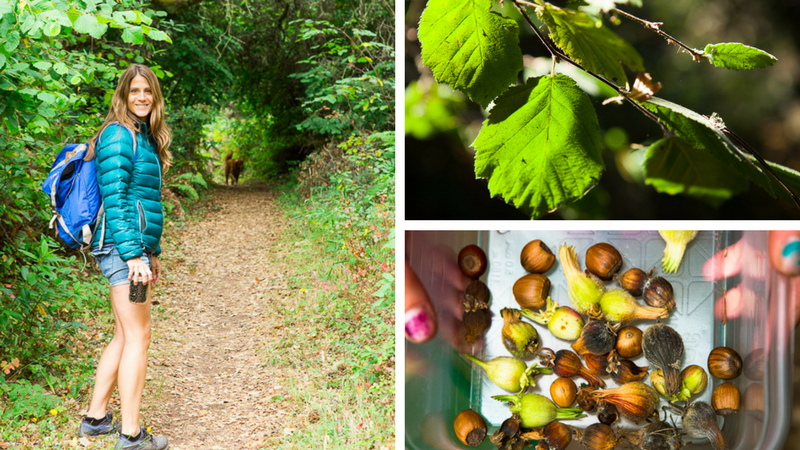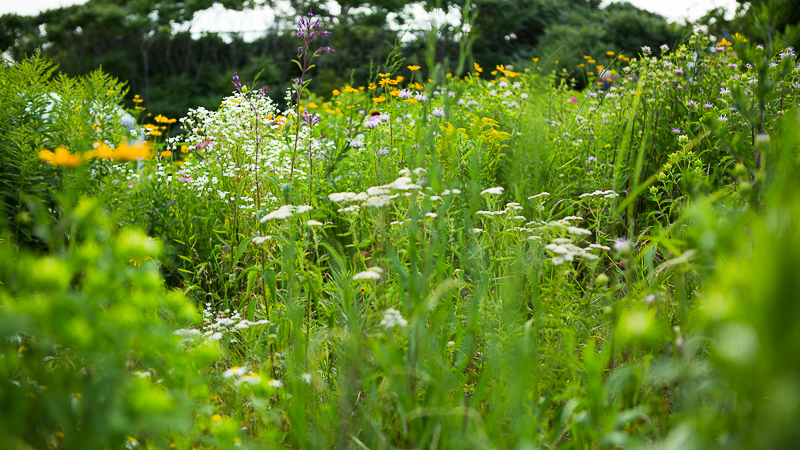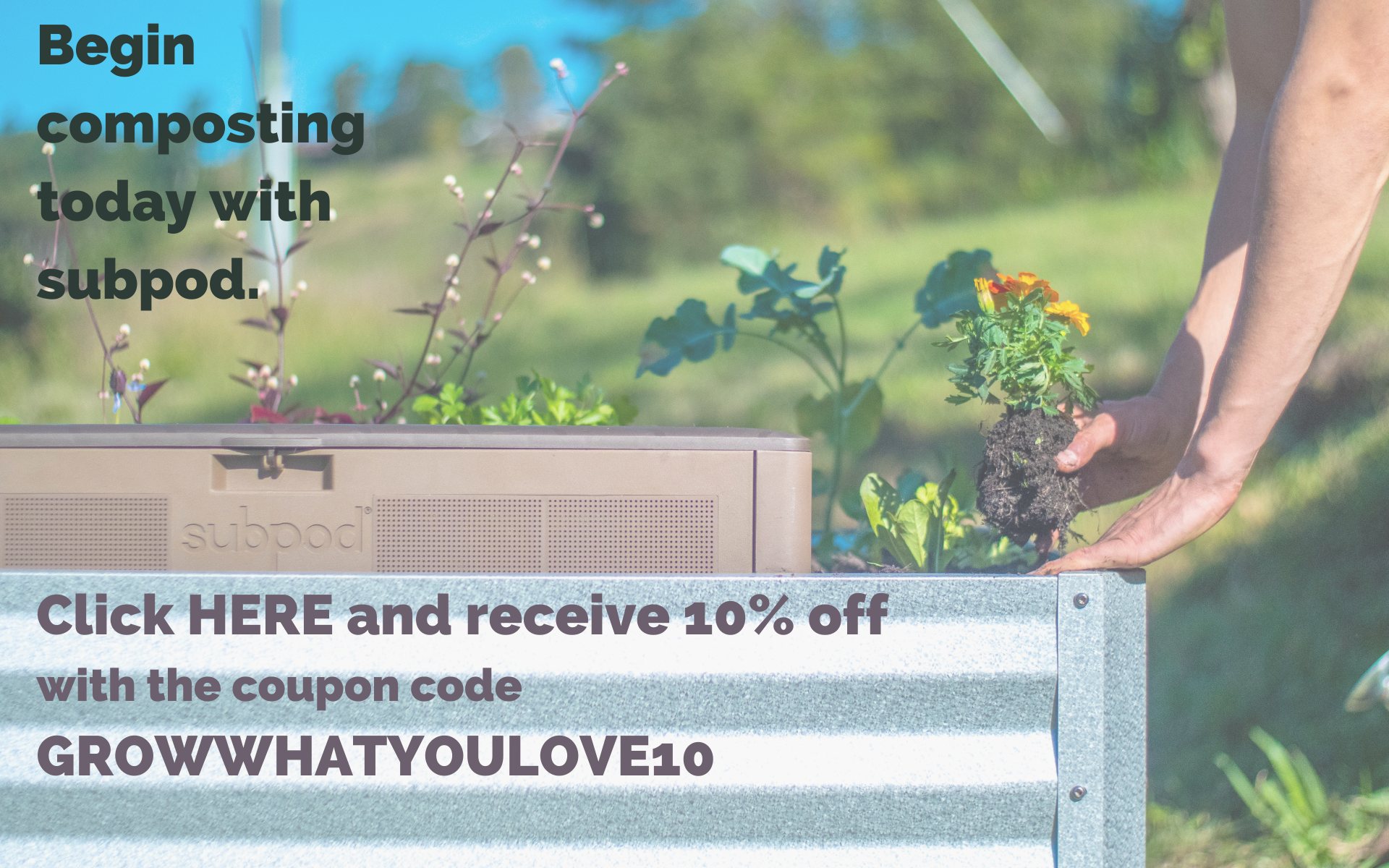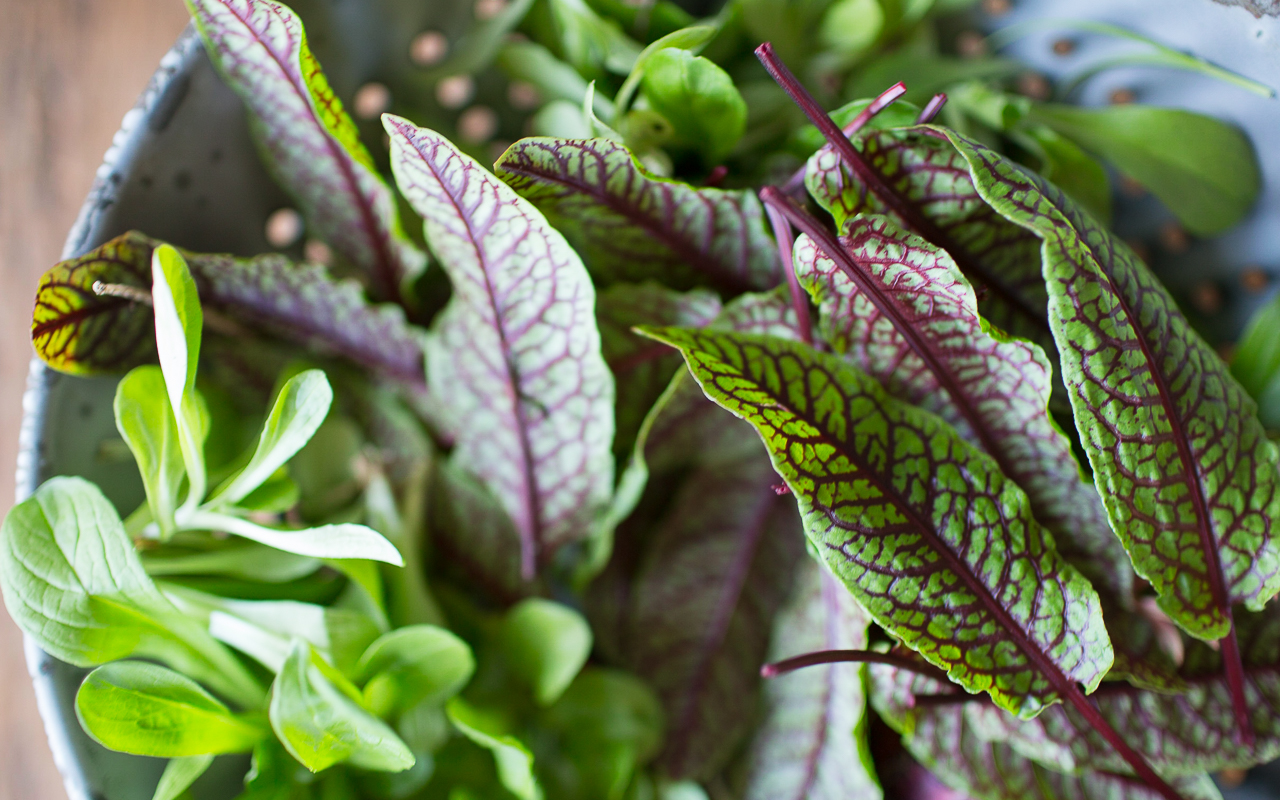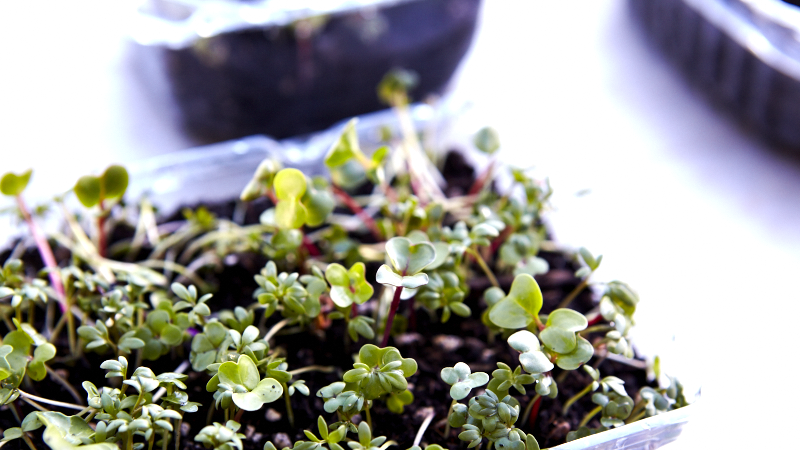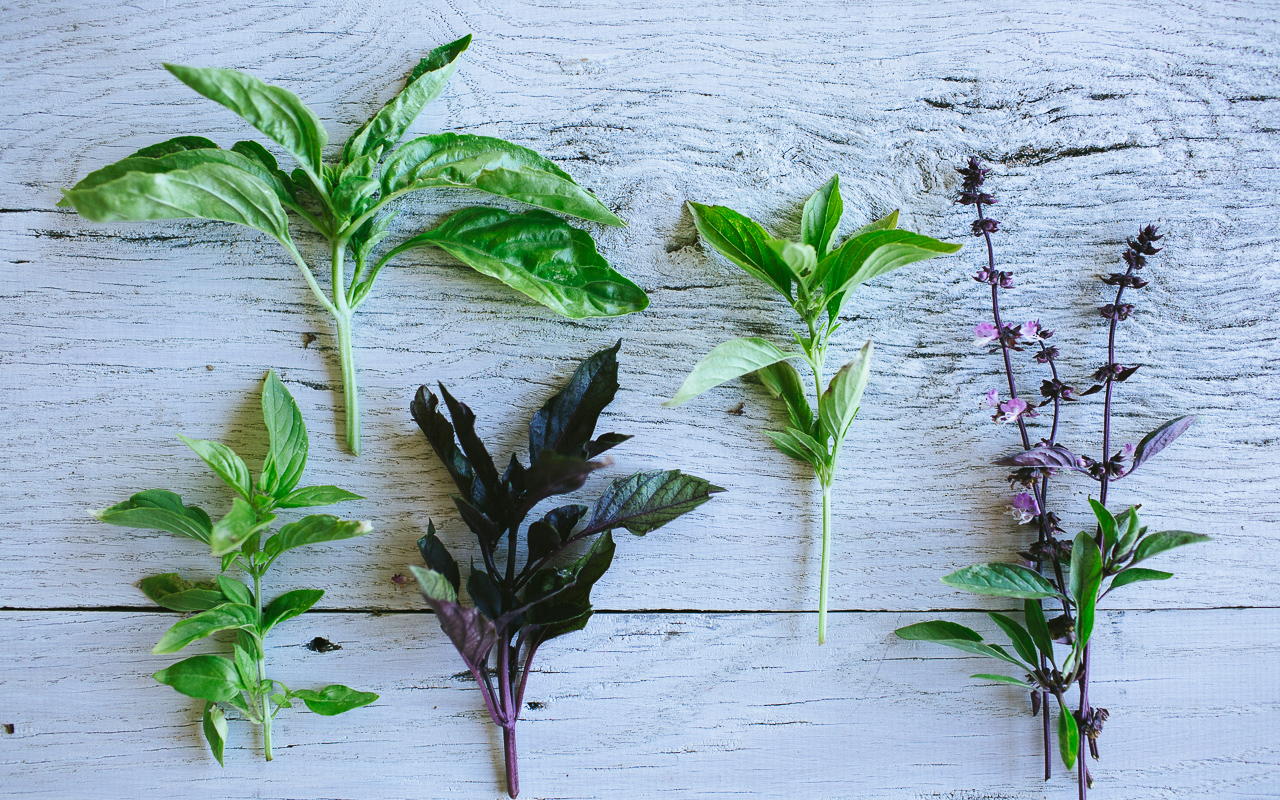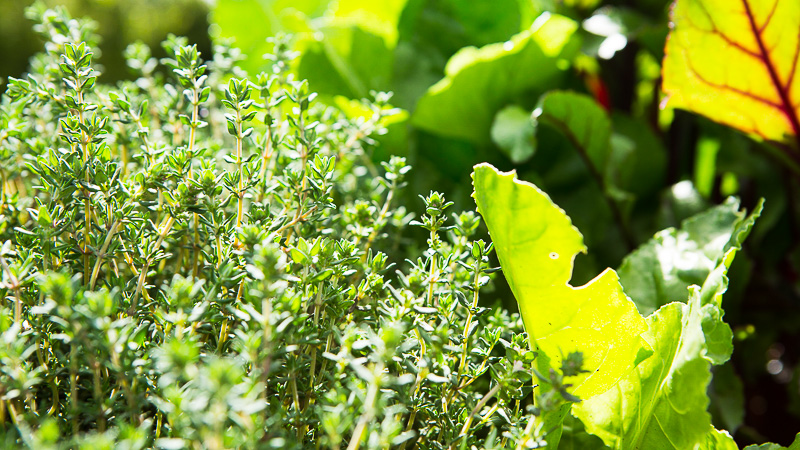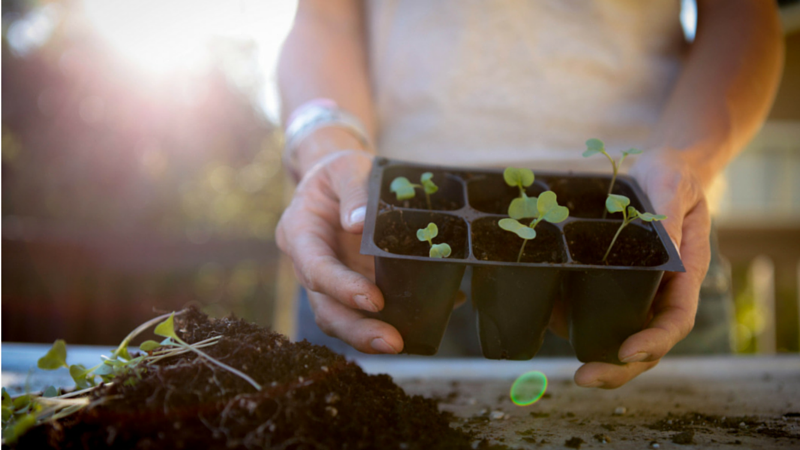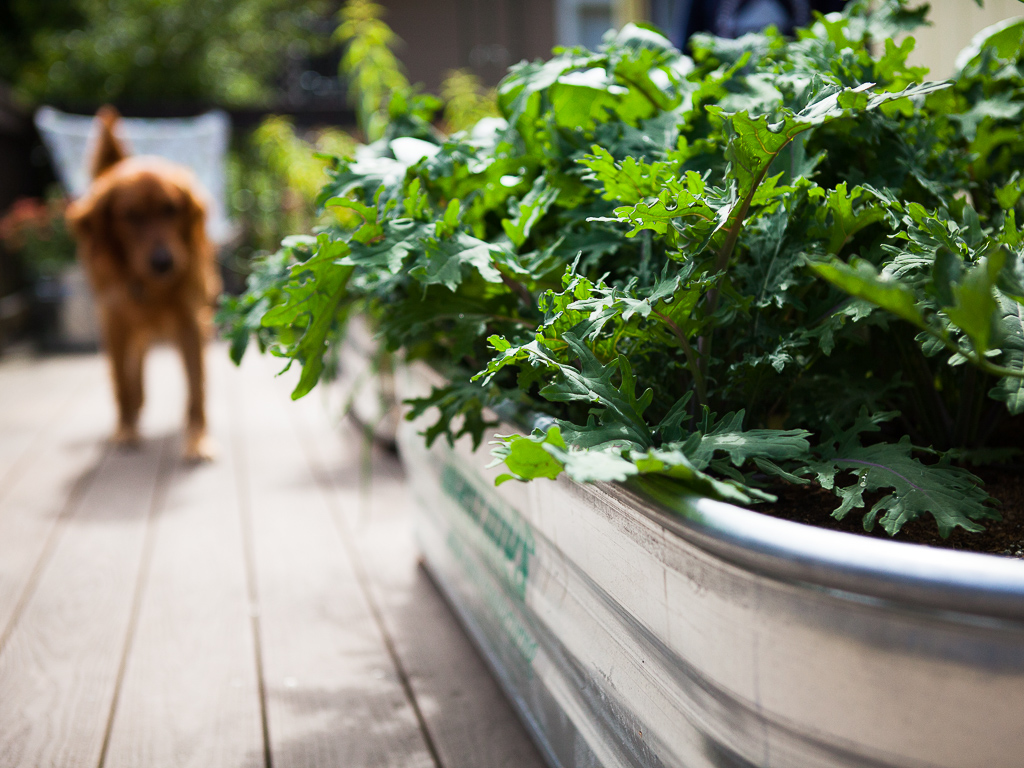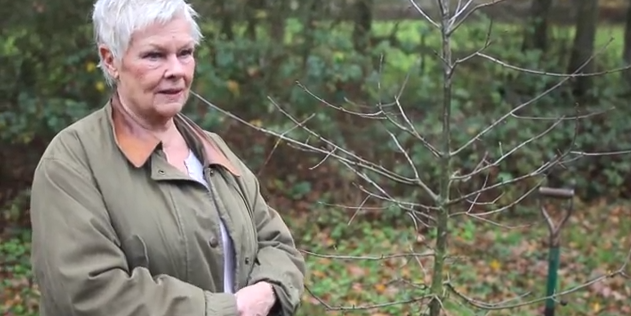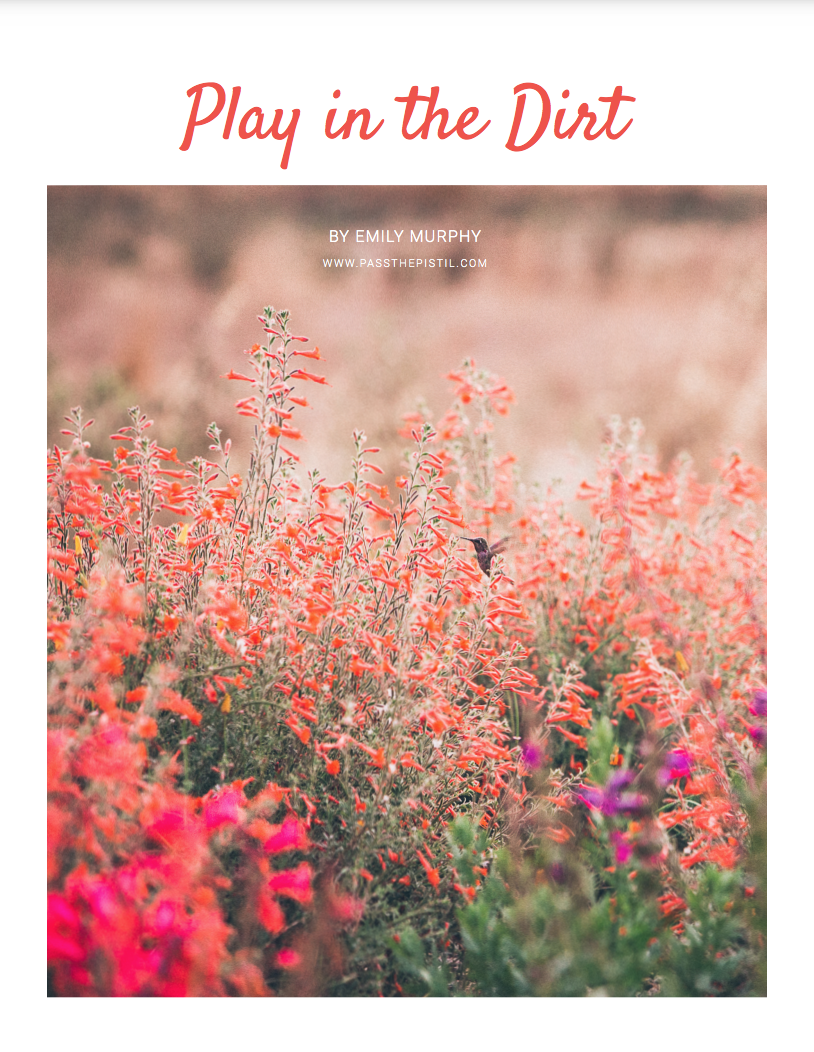Edible Weeds: Purslane the New, Easy to Grow Superfood
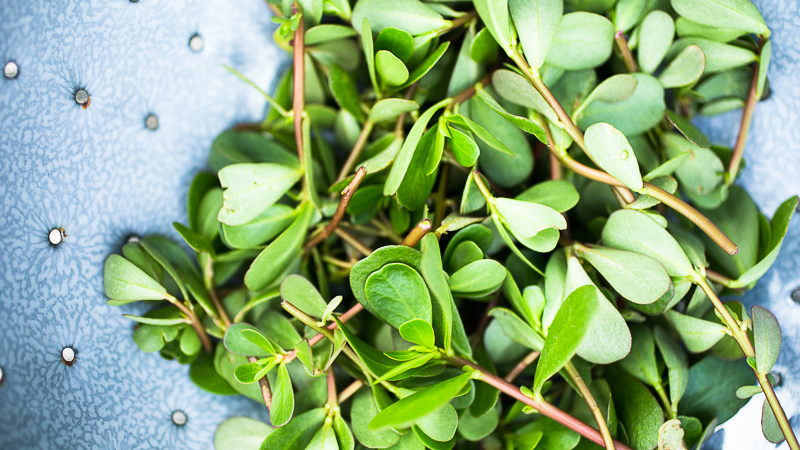
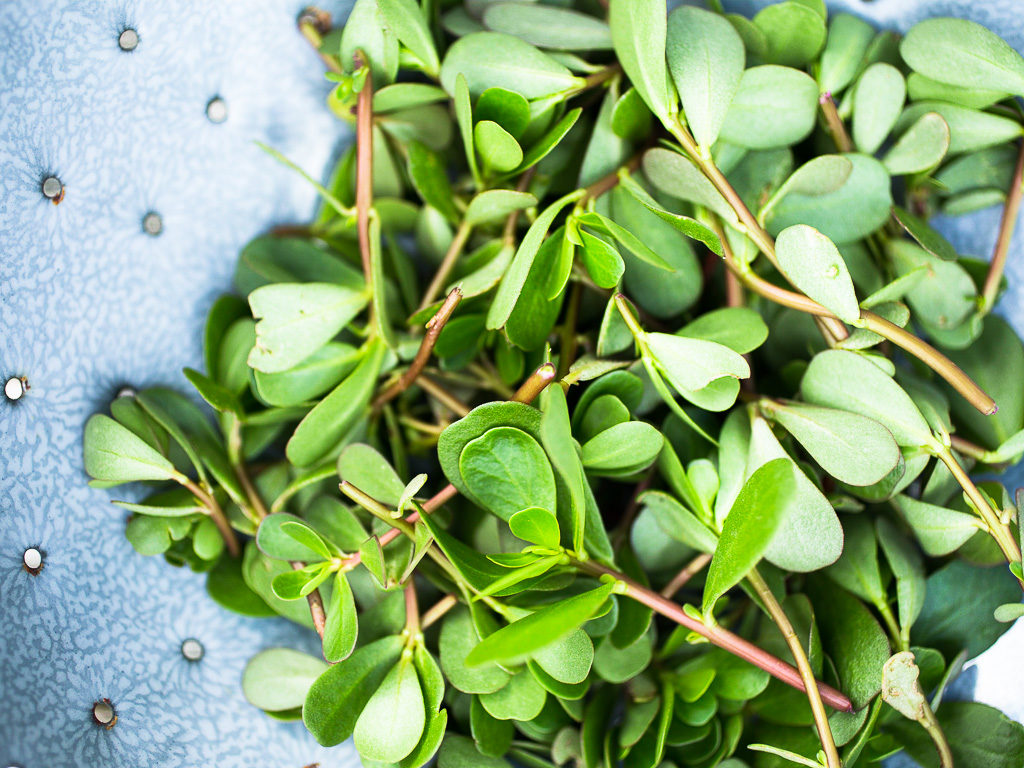
Is it a weed, or a superfood?
Make a little room for purslane to run wild in your garden or plant it with purpose, growing it along with other tender, summer greens. Given ample sun and regular water, purslane is a perfect sandwich filler and salad fixer. Its tender, succulent leaves add crunch and mellow sweetness in place of lettuce or even other veggies like cucumber, plus it’s a nutrition power house.
Think of purslane as a food that’s also medicine. According to the Journal of the American College of Nutrition, the fresh leaves of purslane contain more omega-3 fatty acids than any other leafy, land vegetable. (Marine algae — or seaweed — is also high in omega-3 fatty acids.) These are essential fatty acids that aid heart health, reduce risk of stroke, and help prevent developmental diseases.
Purslane is also packed with antioxidants such as vitamins A, C and E along with important minerals like calcium, magnesium, and iron.
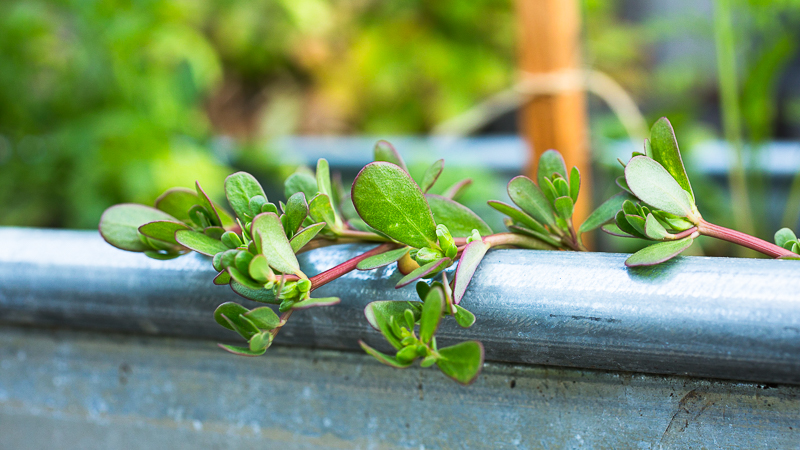
Grow Your Own
- Grow your own purslane from seed, planting it as soon as temperatures warm to about 60 F in spring.
- Look for green or golden purslane seeds and sprinkle them on the soil surface, pressing them lightly into the soil, but don’t bury them as they require light to germinate.
- Sow seeds successionally every 3 or 4 weeks to ensure summer long harvesting and it will continue to thrive during the hottest of summer months.
- Consider planting purslane in its own container because, remember, it’s a weed! Though I often underplant it, giving it a spot beneath tomatoes and other summer vegetables. It’s easy to pull and prune as needed, just know that it will volunteer the next warm season if it likes where it’s growing.
Harvest
- Gather whole stems in the morning or evening when they’re juiciest, trimming up to 4 inches or more of the stems (from the tip toward the base) at a time.
- Leaves tend to be more tart in the morning, gaining sweetness as the day wears on because naturally occurring malic acid in leaves converts to sugar with daytime heat.
- Continual harvesting of young leaves encourages new leaf growth and branching.
- Purslane will go to seed after about 6 to 8 weeks. Harvest and save seeds for planting the following summer.
- Look for purslane growing wild. It may be you can forage for what you can’t grow.
Eat
- Harvest and eat young, tender leaves as soon as plants sprout and begin to take hold.
- Eat fresh leaves in salads, sandwiches, and any other dish calling for fresh greens.
- Leaves are best eaten fresh when young and tender.
- Consider cooking or wilting older, mature leaves like you would spinach as they can become slightly tough and mucilaginous with age.
Other articles you might enjoy:
What to Plant: How to Grow Chard
The Truth About Turnips: Recipes & Growing Tips
Listen
Buy The Book
Special offers
Newsletter Signup

Archives
Disclosure
Pass The Pistil is a participant in the Amazon Services LLC Associates Program and other affiliate programs such as Etsy, affiliate advertising programs designed to provide a means for sites to earn fees by advertising and linking to curated affiliate sites.

